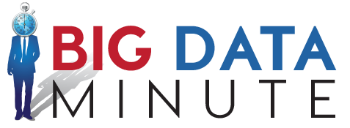When we think about Big Data, we don’t typically directly associate it with money. To some extent, this is true; raw data alone is pretty much useless, and worthless. However, when it is analyzed and used properly, it can be an organization’s most valuable asset.
We all know that knowledge is power. And in the case of business, knowledge is profit. If you have enough information to determine how many staff members you need on the floor of a restaurant at all times, you can save a lot of money, and keep your customers happy. If you could identify how to store more supplies in a smaller safe, you could save real estate, and money. And if you can figure out what will keep your customers coming back time and time again, you will increase your profits.
To gain access to all this information, and to gain all this knowledge once seemed impossible. This is precisely why the terms “intuition,” and “business acumen” came about. But really these are just fancy terms for “educated guesses.” Data eliminates our need for guessing when making business decisions.
But of course, it’s not that easy. Just because a business or organization has access to data (every one does), does not mean that they can all monetize their data.
The first step to monetizing data is to consolidate that data. The term “big data” means that there is a lot of data, from many different sources. In order to understand the data and put it into context, you need to consolidate it all, to understand the whole picture.
Once it is consolidated, it needs to be properly analyzed. It is this analysis process that transforms the raw data into information.
But, you also need to make sure that this information is put in front of the right people. These people will transform the information into insight.
Then the insight can be used to make transformative business decisions.
So…monetizing Big Data isn’t exactly easy. But if you can do it, it will transform your business for the better. This is precisely why you need to hire the best data scientists you can, that truly understand the architecture of everything data. It is naive to think that you and your IT team can accomplish all of the above on your own – by the time you learned how to do it, it will have changed.








Recent Comments